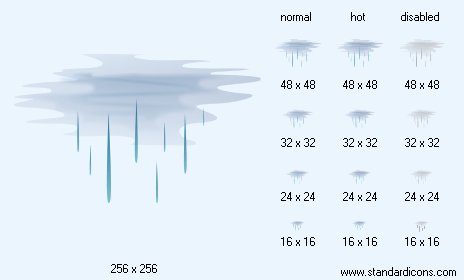


|
| ||||||||
|
|
Rain With Fog Icon |
|
Icon sizes: 256x256, 64x64, 48x48, 32x32, 24x24, 16x16, 512x512
File formats: ICO, GIF, PNG, BMP
Tags: how to change xp icon, get icon from file, blink 182 aim buddy icons, complete with smiley icons, pretty icons
Sighing Uo of social harmony of the left epoch which "connected lords and Their leasers such related bonds that lords were tender with the Leasers as with children, and leasers, from its part, loved lords andObeyed them as naturally as the child is obedient to the father "it Brace AND Company, 1926
<1937>), the river 57, R. H. Tawney, the Rise of Capitalism (New York: Harcourt,
Religion, the river 302 and n. 104. The validity was absolutely other: on
To words of Touni, operation in most was essence of feudal system" To the bared and shameless form "in the same place. Agriculture: domination of rural economy The medieval economy was mainly rural and agrarian. About it Usually those who imagines medieval company at the rate forget Political history, under historical novels and other medieval
To the literature or on impressions of monuments of medieval architecture. A life
The majority of the population in the Middle Ages passed not in locks and not in cities, not
On inns and not in monasteries, but in country huts and in fields.
The medieval company has been anxious by an elementary problem of getting of food,
That, however, is not specific feature of the Middle Ages. By an estimation
- from 80 to 90 % of the world population between XV and XVIII centuries it has been taken
Production of a foodstuff.
Mainly, p. 49., 1981), from peasantry - from 80 to 90 % of people lived exclusively from
The earths. "Feemand Braudel, The Structure of Everyday Life (New York: Harper and
Row, "Between XV - XVIII centuries the world consisted And such position was throughout all history Mankind and in its background, such it is saved and until now in The majority of Third World countries. The cited data requires one
To the clause. Though from 80 to 90 % of the medieval population attended to the rural
Economy, they had to perform a lot of other work. Peasants
Brought products on the market and them sold. Their wives not only helped them
In field works, but also spun, weaved, sewed and cooked food. In a case Serfs built necessities or repaired roads. To put it briefly, Agricultural specialisation was far not such complete, as in new
Copyright © 2009-2022 Aha-Soft. All rights reserved.
|
